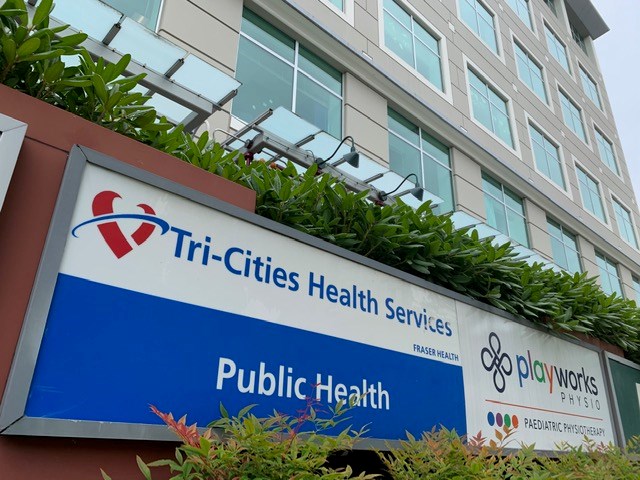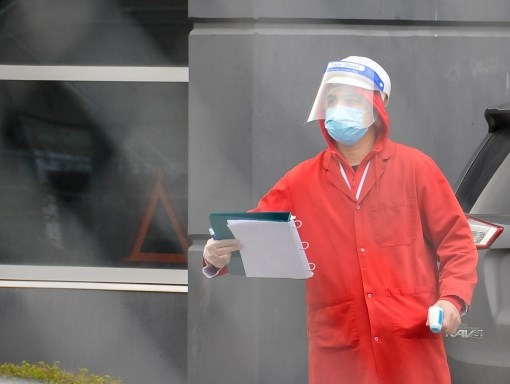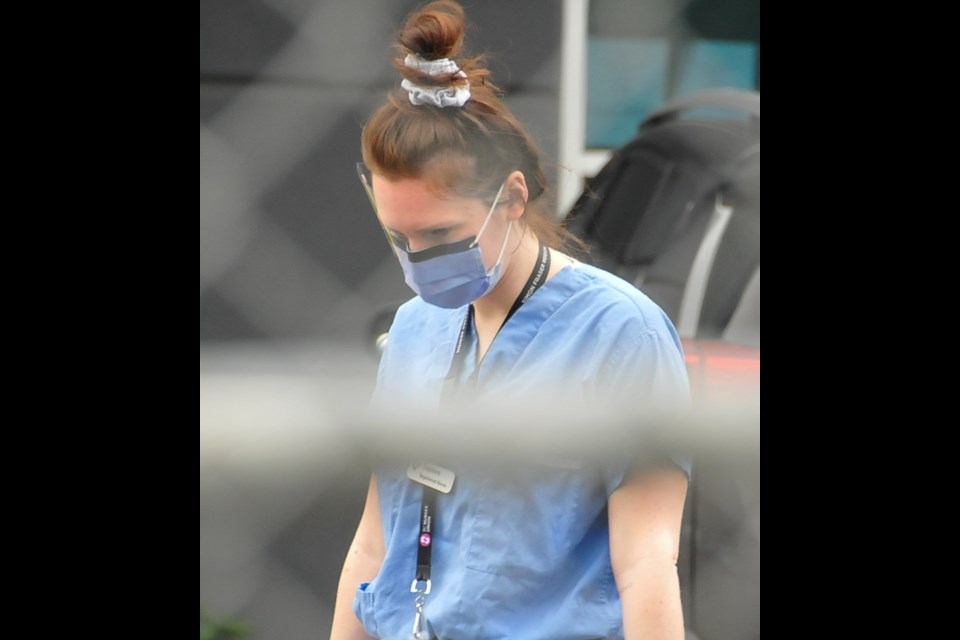A contact tracing app won’t easily replace public health workers who are on the front lines of the fight to contain COVID-19, says a Fraser Health official working with a team of communicable disease tracking specialists.
At the height of the pandemic this spring Fraser Health scaled up its team of 14 public health nurses who work in communicable disease tracking to 200, including health inspectors and speech language pathologists who were trained and tasked with doing contact tracing and daily monitoring of cases.
While the COVID-19 numbers never reached the projected height of 280 daily cases, and even today is substantially lower, 72 people are still contacting 500 people each day to track cases, and do daily check-ins, according to medical health officer Dr. Aamir Bharmal.
Whether those staff can be replaced by a national contact tracing app being considered first for Ontario is highly-speculative, and not in Dr. Bharmal’s wheelhouse, he said, although he acknowledged B.C. is working on a technological solution.

But it’s not likely an app can replace these public health nurses who contact and monitor individuals at risk of contacting COVID-19, Dr. Bharmal said, and while the team has been somewhat disbanded, with health inspectors and speech language pathologists going back to their regular jobs, they could be called back in a second wave.
“Just someone phoning you and telling you you’ve been exposed and telling you what we need to do, we know that works, that’s how we’ve done traditional contact tracing,” Dr. Bharmal said.
Behind the scenes, Fraser Health’s contact tracing team was a critical component of identifying and stamping out coronavirus clusters, he said.
When it was fully ramped up, the team was organized into four hubs, including one in Port Moody, where staff worked in specialized areas: one for health care workers and acute care, one for long term care, and one for the community, including prisons and meat processing plants, such as Coquitlam's Superior Poultry, while the fourth handled lab reports and sorting, among other things.
“In long term care we wanted to make sure we had staff who are specialized, knew how to work with directors of care, for community it also meant there were different considerations, with each of those hubs we transformed our health units so that each of these health units would be a hub.”

As B.C. moves to Phase 3 of the restart plan, and daily cases drop to single digits, “We are starting to see how things might move forward,” Dr. Bharmal said, noting that as businesses and schools re-open Fraser Health needs to realign staff to other areas.
Still, he doesn’t see an app replacing contact tracing staff, especially if cases ramp up in the fall.
Among the risks of using technology to inform people they may have been exposed to coronavirus is wariness of the Canadian public, including those not comfortable with technology and others worried about privacy concerns.
To be successful 60% or more of the population needs to use the app, Dr. Bharmal said, noting that Alberta and Singapore have apps that the the majority of public is still hesitant to use.
However, he sees potential for people with coronavirus or those who have been exposed using an app for their own daily check-in, which would be monitored and if someone failed to report in, a public health nurse would call to see if the individual is sticking to their isolation plans, has symptoms, requires testing or extra help.
“I think the piece here is essentially a home health monitoring app, especially for people who are tech savvy, going into the app [to report] ‘yes, I’m isolating,’ and noting their symptoms — that gets fed into the system where people who say they are not feeling well — those are the people we would be contacting.”
At the height of the COVID-19 pandemic this spring as many as 200 trained staff were calling 1,800 people a day to track down and stay in touch with people, and a self-reporting app may reduce that workload to more urgent cases.
However, the app would not likely reduce the need to have trained staff to work in tandem with testing results to detect COVID-19 clusters and connect with the sick and those at risk of illness, noted Dr. Bharmal.
If COVID-19 ramps up in the fall, a combination of testing and contact tracing will be crucial to reducing the spread of the outbreak, suggests Dr. Bharmal, who said his team is ready for what comes later this year.
Although he wouldn’t speculate on the severity of an anticipated second wave of the coronavirus, noting only that “we always need to be prepared” and that testing and contact tracing must be done in a systematic way.
“The big piece is what we’re trying to do here is essentially identify the cases and make sure they are contacted quickly to make sure there aren’t clusters developing.”



